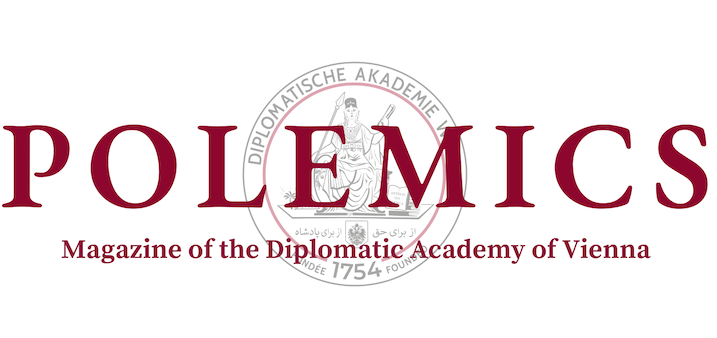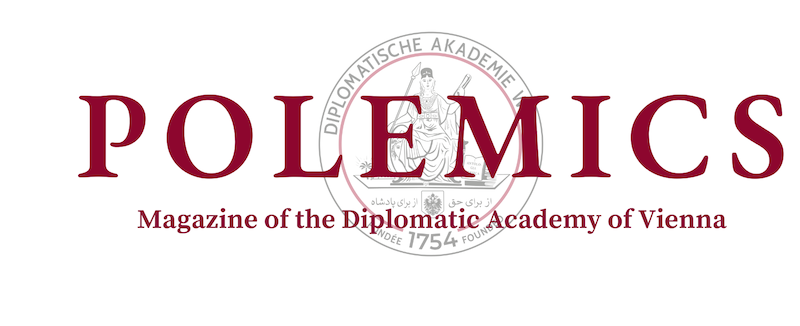Javier Milei crashed onto the political scene with an unorthodox style: Loud, provocative, and radical. At his campaign rallies, he waved a chainsaw to symbolise his determination to cut down on public spending and shrink the size of the state. For over a year now, his uncompromising austerity measures have shaken the Argentinian economy.
Admittedly, Milei did not inherit an easy task. Decades of restrictive economic policy, corruption, and mismanagement have led Argentina into economic paralysis. Starting in the 1950s with Peronist state interventionism, through military dictatorships, and to the economic neo-liberalisation attempts under Carlos Menem and recently under Mauricio Macri, Argentina’s economic history in the past 70 years has been a story of ideological struggles.
For Milei, previous neo-liberalisation attempts were never radical enough. The state always remained a major actor in Argentina’s economy, and so it is understandable that Milei envisions a libertarian paradise that has yet to materialise. Just like his like-minded predecessors, the new president is inspired by the Chicago School of Economics: a theory that champions the primacy of the free market and the choices of rational individuals. In this worldview, the state is seen as an obstacle to the more efficient market-based allocation mechanism and must be cut down as far as possible. In an economy that relies heavily on government investment and subsidies, short-term pain is necessary to usher in long-term prosperity.
Milei believes curing the Argentinian economy is like ripping off a band-aid. Better do it quickly and decisively. After the initial pain comes relief. A classical narrative neo-liberal demagogues like to evoke: It is going to be hard at first, but in the long run, everyone will profit. Even if the premise is right, however, one question persists: how long does it hurt before positive results start showing?
After the abolishment of government subsidies on important items including electricity, fuel, and gas, the cost of living in Argentina skyrocketed in 2024. The consumer price index, which measures the price people pay for a standardised basket of goods, has reached an all- time high of 7.490 points in November. At the same time, wages have not increased accordingly, making even the most basic expenses out of reach for a large portion of Argentinians. Health care, transportation, and even buying food have become challenging for millions of Argentinians. While Milei has indeed succeeded in turning the public deficit around, the costs are borne primarily by middle- and lower- income households. Poverty has been on the rise since Milei took office. Currently, over 50% of the population lives under the poverty line, a substantial increase from 40% in 2023.
It is true that some macro-indicators display favourable trends for Milei. Inflation has indeed dropped considerably, and housing prices have recovered in certain areas of Argentina, largely due to a relaxation of tenancy laws. Moreover, there are signs that the country might attract a new wave of investments in the energy and raw material sector.
For now, however, these are just preliminary signs, and the economy does not yet show major signs of recovery. The volume of new investments is still modest and there is no surge in commercial activity. The construction industry has not yet picked up and the positive trade balance is driven mostly by the sell-out of raw materials and fossil fuels. Domestic consumption and entrepreneurial initiatives, moreover, have not yet taken off. Instead, the dire financial situation of the bulk of Argentinians and their struggle for fundamental necessities continue to starve the economy.
Previous liberalisation attempts in Argentina have failed exactly for this reason: When Mauricio Macri tried to open the economy to foreign capital between 2015 and 2019, the promised benefits did not reach the masses in time. After an initial period of hope and determination to go through some hard times, popular support for his policies dwindled because they did not deliver results.
Javier Milei wants to do this differently. Previous reforms were too gradual and reluctant, he claims. This time they shall be unforgiving and thorough. This resonated with the Argentinians, and they were willing to give his special brand of brutal libertarianism a chance. But just how long the public will swallow the bitter pill of economic readjustment remains open. If at some point the benefits of the free economy start to appear, which groups are really going to profit?
For now, the winners and losers of Milei’s reforms seem to be clearly marked, as if by an invisible hand. Among the winners stand private corporations, the exporting industries, and the petrochemical and natural resource processing sectors. Additionally, there are the foreign companies and investment firms which find easier access to the Argentinian market. On the losing end, there are the working people, students, retirees, the unemployed, and the poor; people who are not in the position to profit from free markets and deregulation, people who have to deal with the underside of laissez-faire economics.
Argentina needs economic change. Its Peronist legacy and the remnants of unsuccessful economic liberalisation attempts created a state of despair, disorientation, and degeneration. But while the preceding course to Milei was certainly not viable, his blunt radicality is not sustainable either.
In the end, what is a country’s economy? Is it an abstract indicator like GDP or the trade balance? Or is it the people who actually put in the hours and generate value, be it in the fields harvesting fruits and vegetables or in the automotive industry programming robotic arms? While this might be dependent on one’s perspective, it is undeniable that the human capital underlying any economic dynamism should not be sacrificed for the sake of positive indicators.







